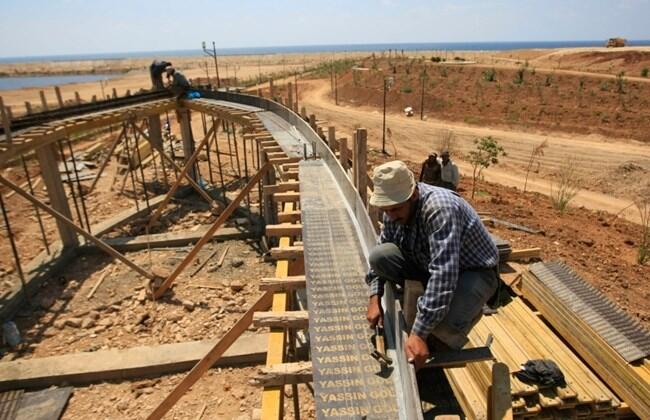The capital of the south once faced the same dilemma that the government now faces in Naameh. It too had to deal with the environmental hazards of a teeming dump that was eventually removed and converted into a public park. Sidon can serve as an example for waste management practices in other municipalities, as it was able to shut down its notorious dump after four decades and establish a plant to sort solid waste in Sayniq. The plant has allowed the municipality to remove its dump for good. In its place over 5,000 plants, including roses and trees, have been planted. Work is still ongoing under the supervision of the United Nations Development Program to complete the public garden, expected to be unveiled by the end of this year. The company of Jihad al-Arab for Contracting is implementing the project. The public garden, once complete, will cover 33, 0000 square meters of the total area the Sidon landfill once occupied. Sidon Mayor Mohammad Saudi had announced that the garden would feature 10,452 plants, one for every square kilometer of Lebanese territory, and around 300 trees. The Naameh landfill, which was originally appointed to receive 2 million tons of waste, has instead taken over 15 million, and served as the main dumping site for waste from Beirut and Mount Lebanon. It was shut down last week, although no alternatives were secured. The government was toying with the idea of dispersing some of the waste headed to Naameh by redirecting it to other areas of Lebanon, including Sidon. But the option was swiftly rejected by the local government, including Sidon MPs Bahia Hariri and Fouad Siniora. The Environment Ministry had asked the Sidon Municipality to treat 150 tons of garbage from Naameh in the Sayniq plant. The municipality calculated that the emissions resulting from the additional waste would burden the plant and have hazardous consequences for the environment at a time when the factory was still struggling to find a means to manage local waste. The Daily Star











